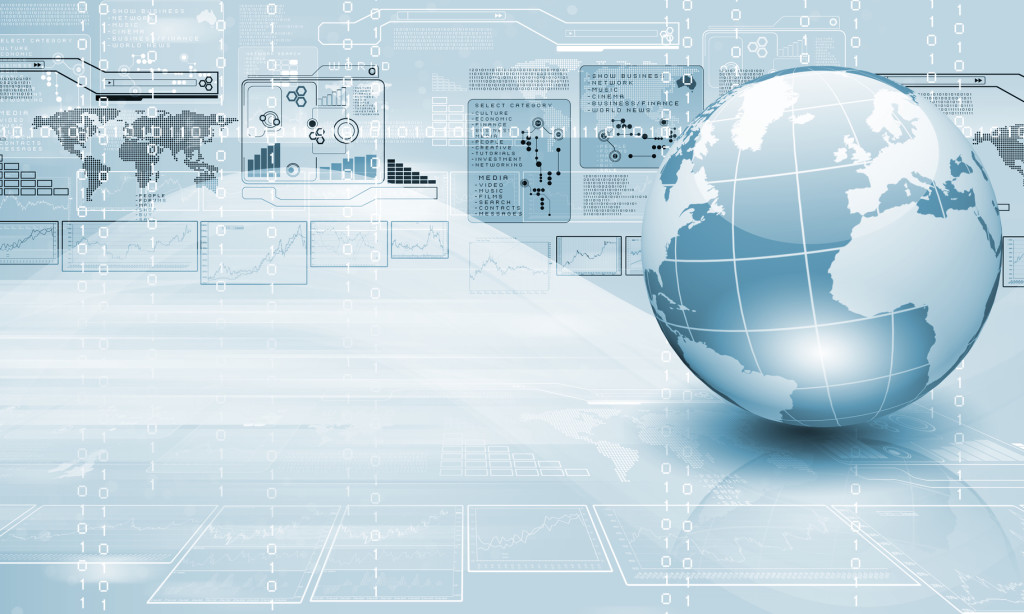To create profitable products and services, stem cell industry executives need to stay informed about rapidly-evolving industry trends. For this reason, this post explores important trends, events, and metrics of importance within the induced pluripotent stem cell (iPSC) industry. It also considers geographical dominance within the industry.
Expanding Opportunities for Commercialization of Induced Pluripotent Stem Cells (iPSCs)
Literature concerning the biology, characteristics, and applications of induced pluripotent stem cells has flourished since they were first produced in 2006 from mouse cells and in 2007 from human cells, by Shinya Yamanaka at Kyoto University. Nearly simultaneously in 2007, a research group led by James Thomson at the University of Wisconsin-Madison accomplished the same feat of deriving iPSC lines from human somatic cells.
The discovery of iPSCs was a vital advancement in stem cell research, because it allowed researchers to obtain pluripotent stem cells without the difficult legal, technical, and ethical controversies that have long surrounded deriving cells from embryos. Induced pluripotent stem cells largely mimic the properties of embryonic stem cells, but have advantages in terms of availability, expandability, and most importantly, ethical implications.
This cell type represents one of the most promising advances discovered within the field of stem cell research during the past decade. Not surprisingly, trend analysis reveals rapid increases in iPSC research activity over the past five years, with substantial increases in publication rates beginning in 2008.
As for iPSC patents, they continue to increase in number and frequency, as well as continue to show strong geographical clustering in the United States and Japan.
Specific sites of geographical clustering for iPSC patents include:
- Kyoto, Japan
- Boston, MA, USA
- Madison, WI, USA
- Tokyo, Japan
iPSC Marketing Costs Continue to Increase
Furthermore, marketing costs for iPSC-related search terms are becoming fairly expensive, indicating increasing competition within the industry. Individuals or companies who choose to buy the exact search phrase “Induced Pluripotent Stem Cells” through Google AdWords now pay $6.07 to win traffic within the United States. Globally, the cost for the exact search phrase “Induced Pluripotent Stem Cells” through Google AdWords is only slightly lower at a $5.24 per click.
Much of the research with iPSCs is being driven by the hope that they will have cell therapy applications, including applications in disease modeling and personalized medicine. Interest in therapeutic applications of iPSCs arises from their diverse ability to differentiate into a range of cell types. In addition to basic research, applied iPSC research is focused on drug development and discovery, toxicology testing, cellular therapy, and stem cell biobanking.
Japan at the Forefront of Clinical Applications Involving iPSCs
Furthermore, the iPSC industry has been and continues to be fueled by major research advances and industry events. 2013 was the first year in which clinical research involving transplant of iPSCs into humans was initiated, with Masayo Takahashi, of the RIKEN Center for Developmental Biology in Kobe, Japan, investigating the safety of iPSC-derived cell sheets in patients with wet-type age-related macular degeneration.
While the trial was initiated in 2013 and production of iPSCs from patients began at that time, it was not until August of 2014 that the first patient, a Japanese woman, was implanted with retinal tissue generated using iPSCs derived from her own skin cells.
Subsequently, in February of 2015, Kyoto University Hospital in Kobe, Japan , announced that it will be opening an iPSC therapy center in 2019, for the purpose of conducting clinical studies on iPSC therapies. The announcement further positioned Japan as the leading nation committed to bringing iPSC therapies to clinic.
Finally, Cellular Dynamics International (CDI) went public in 2013 with a public offering that raised $43 million dollars for the company, securing its position as the global leader in producing high-quality human iPSCs and differentiated cells in industrial quantities. More recently in April of 2015, CDI was acquired by Fujifilm Holdings Corporation, again showing Japan’s commitment to progress and innovation with iPSCs.
Summary of Global Innovation
Interestingly, the two geographical areas that continue to invest heavily in iPSC development remain the two countries in which iPSCs were first produced with human cells:
- Japan, at Kyoto University
- United States, at the University of Wisconsin, Madison
However, at this time, Japan is showing a greater combination of private sector, public sector, and government support for the long-term development of iPSC products and therapies. The United States continues to be an important market driver for iPSC products, services, and therapies, but currently places second in global innovation relative to its Asian counterpart.
Future Posts
To receive future posts about the stem cell industry, sign-up here. We will never share your information with anyone, and you can opt-out at any time. No spam ever, just great stuff.
About Us
BioInformant is the only research firm that has served the stem cell sector since it emerged. Our management team comes from a BioInformatics background – the science of collecting and analyzing complex genetic codes – and applies these techniques to the field of market research. BioInformant has been featured on news outlets including the Wall Street Journal, Nature Biotechnology, CBS News, Medical Ethics, and the Center for BioNetworking.
Serving Fortune 500 leaders that include GE Healthcare, Pfizer, Goldman Sachs, Beckton Dickinson, and Thermo Fisher Scientific, BioInformant is your global leader in stem cell industry data.
To learn more about expanding opportunities for iPSCs, view the “Complete 2015-16 Induced Pluripotent Stem Cell Industry Report.”
